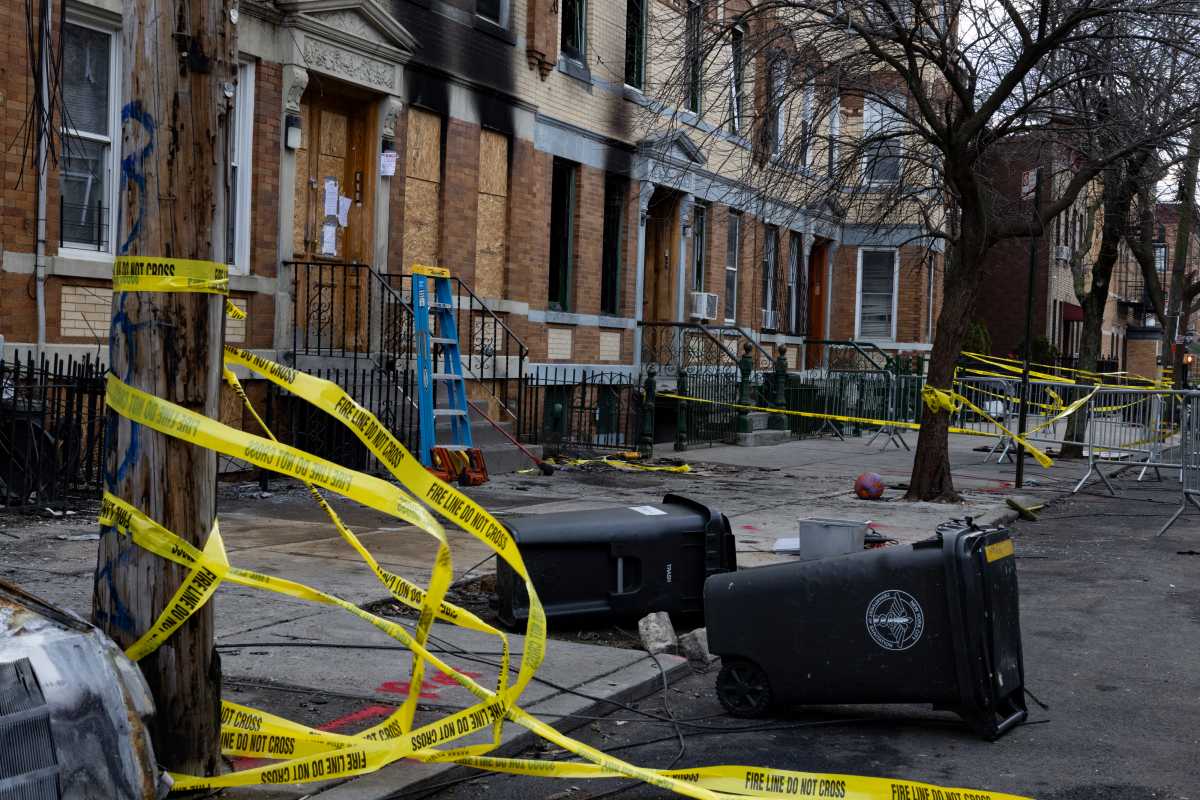BY Aline Reynolds
Manhattan-based commercial real estate lender iStar Financial will have to quickly refinance or restructure its debt obligations in order to skirt bankruptcy, according to a financial report released last week.
Fitch Ratings announced in a press release last Wednesday that the lender will be facing considerable debt payments by the second quarter of 2011, including $1.7 billion in unpaid loans and another $500 million in unsecured credit, or loans that are not backed by collateral.
In response to the report, iStar claims it is operating business as usual and is continuing to assess its options to realign its asset and liability deadlines.
“A Fitch default is not a default under any of our loan agreements,” said Andrew G. Backman, senior vice president of investor relations and marketing for iStar.
He added that iStar has ample near-term liquidity, cash to fund operation and obligations in the immediate future.
“In our opinion, absent bankruptcy, the company will need to restructure its debt with its lenders” in order to push out the due date of its loan repayments, explained Steve Marks, managing director of real estate investment trusts at Fitch Ratings.
The company made some risky loans since the recession began, said Dan Fasulo, managing director of research at Real Capital Analytics, which contributed to its current financial problems. If they do declare bankruptcy, iStar will either “try to restructure or do an official Chapter 11 filing,” Fasulo said, who is also acquainted with iStar’s financial situation.
The decline in value of commercial real estate over the last several years has prevented some of iStar’s borrowers from paying back its loans, according to the Fitch report. As a result, iStar is having trouble recovering from its own debt to stay afloat.
“iStar is not able to generate enough loan repayments from its borrowers… to repay its own loan obligations,” Marks explained. “The issue now is, who will lend to iStar.”
Currently iStar has loan agreements with Trump SoHo hotel, in Hudson Square, and William Beaver House in the Financial District. Both are run by the developer, the Sapir Organization, which has yet to reimburse iStar. Sapir did not return calls for comment by press time.
“As each unit sells, a portion of the monies gets returned to the lender to pay down the loan,” Fasulo explained. “The goal for developers is to get to the end, where the loan is paid off but you still have units to sell.”
Sapir could more easily sell off its apartment units in William Beaver if it lowered its asking price, at the risk of losing profits.
“It’s basically a game of chicken between the developer and the lender,” Fasulo said, noting that it took Sapir about several years to sell off the market-rate units in One Trump Tower.
In an attempt to issue a foreclosure, iStar has already filed a law suit against Sapir for William Beaver House. If iStar wins the suit, the deed is transferred and the company seizes the assets.
But acquiring land and buildings from clients isn’t iStar’s objective when issuing loans. “They’re in the business of loaning money, not developing real estate,” Fasulo said.
He noted that, in snatching William Beaver from Sapir, iStar could also lose money were the development is worth less than the aggregate amount in unpaid loans.
Plus, iStar would likely have just as hard of a time selling apartment units, as did Sapir.
Even if iStar receives only 30 percent of its loan repayments from its real estate clients between now and the end of 2011, Fitch predicts “it would face a liquidity deficit of over $2 billion, assuming that it was unable to sell or monetize any assets.”



































